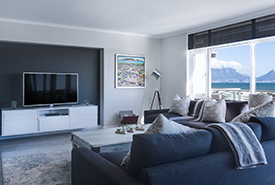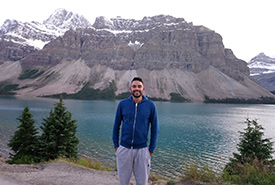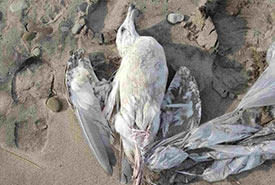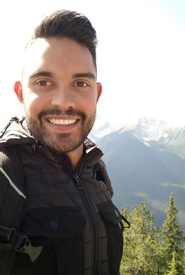Learning to live with less

Living with less is more (Photo from Creative Commons CC 1.0)
Earlier this month, I started watching a reality show called Tidying Up with Marie Kondo on Netflix. In the show, Marie helps people declutter their homes in an effort to help improve their lives. To accomplish this, she teaches them how to apply her method of tidying up, which she calls the KonMari Method™.
She encourages people to tidy up items by category rather than by their location in the following order: clothing, books, paper, komono (miscellaneous items) and sentimental items. For each category, she recommends putting all of the items into one pile to get a better sense of what you have. Then, she suggests picking up the items one by one and deciding whether they spark joy for you. If an item still makes you happy, keep it. If not, put it into a discard pile after first thanking it for its service.
Rather than simply throwing the unwanted items in the trash, consider giving them away to family, friends, charities and/or second-hand stores so that others can make use of them. Alternatively, you can sell or trade the items.
I also watched a documentary called Minimalism: A Documentary about Important Things. In this film, two men, who call themselves “The Minimalists,” interview people who, like themselves, have rejected the notion that material things bring happiness. They also demonstrate how living with less is more.

Me in Jasper National Park (Photo by Tazim Hunter)
Watching both of these shows has inspired me to live with less. I’ve found that living in this way saves me money and time, with the end result of reducing stress in my life. It’s easy on my bank account because I don’t feel as much of an urge to buy things that I don’t need, and I have fewer things to spend money on (when they need to be repaired or maintained). It saves me time because I find it easier to locate items in my home that I need when I’m in a rush, and I’m less likely to misplace them. Being organized and spending less time shopping means that I have more time to do the things that I enjoy, such as spending time in nature, an activity that has been shown to relieve stress.
Not only can learning to live with less improve your life, it can also benefit nature and the environment in many ways. For example, if you purchase fewer products, you can help decrease the demand for them. This means less factory production and fewer goods being transported by trucks, boats, trains and planes. In turn, this can help reduce air pollution, which negatively affects us, our environment and our species.

Gull with balloon ribbon wrapped around its feet (Photo by Jason Read)
Buying less also means producing less waste, as many products come in plastic packaging that eventually winds up in landfills and/or our oceans, lakes and coastlines. In fact, around eight million tons of plastic end up in our oceans every year, according to the Ocean Conservancy. Plastics pose a major threat to the lives of many marine organisms, which often die from accidentally ingesting or becoming entangled in them.
Clearly, The Minimalists and Marie Kondo are onto something. Living with less has excellent benefits for both people and nature. After adopting this lifestyle, I can understand why people are tidying up their lives and taking on a minimalistic lifestyle.


